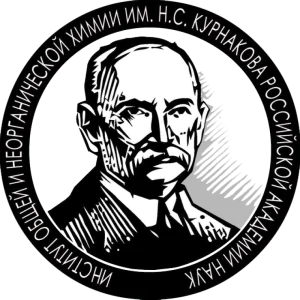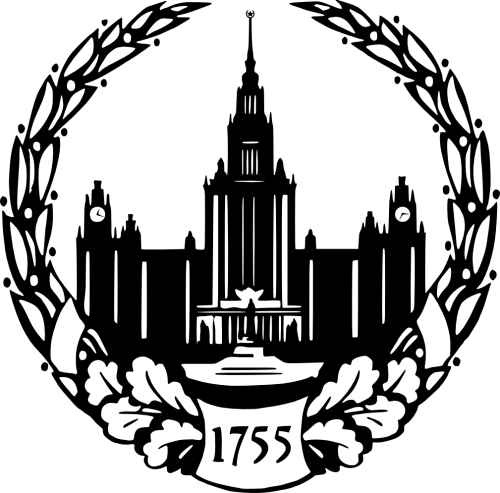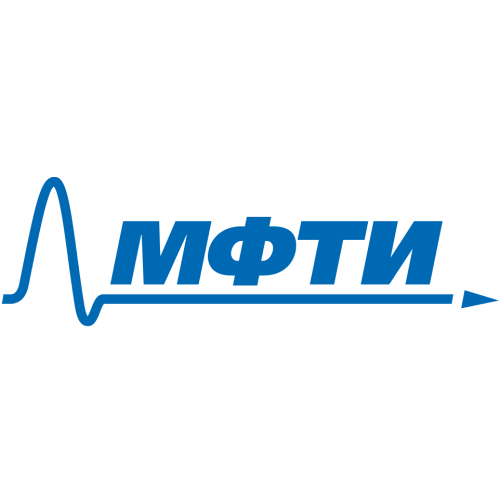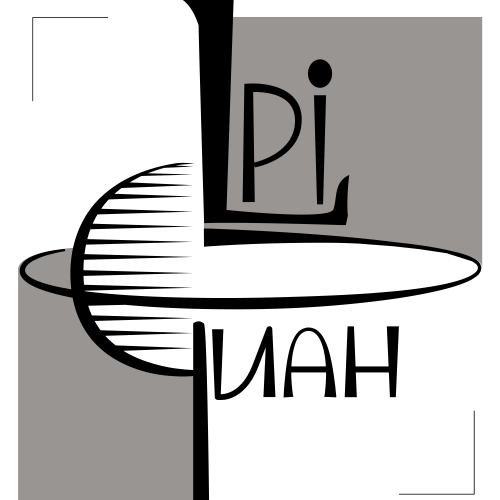Laboratory of Quantum Chemistry
Publications
169
Citations
2 910
h-index
30
Laboratory doesn't accept messages.
Theoretical studies of the structure, properties and dynamics of condensed phases of various natures by methods of quantum chemistry and statistical physics.
- DFT calculations
- Real-space methods
- Post-Hartrifok methods
- Relativistic method of symmetrized linearized coupled cylindrical waves
- The lattice gas model
- Calculations with periodic boundary conditions
Ivan Ananyev
Head of Laboratory

Pavel D'yachkov
Principal researcher

Yury Tovbin
Leading researcher

Victor Yarzhemsky
Leading researcher

Tatiana Mikhailova
Senior Researcher

Natalia Breslavskaya
Senior Researcher

Elena Tarakanova
Senior Researcher

Elena Zaitseva
Researcher

Andrey Volykhov
Researcher

Evgeny D'yachkov
Researcher

Elena Levina
Junior researcher
Research directions
Theoretical studies of short-range systems
+
Modeling of systems with missing long-range order is of great interest both for studies of processes in the liquid phase (for example, in establishing the mechanisms of catalytic processes and directional design of catalytic systems) and from the point of view of developing hybrid materials (for example, cryoprotectors, liquid crystals, molecular magnets). Within the framework of this direction, non-empirical calculations of properties for a wide range of complex chemical objects are carried out in the laboratory on the basis of the cluster approximation, including those requiring explicit consideration of solvation effects or correct consideration of the specifics of the electronic structure of heavy metals.
Theoretical studies of periodic systems
+
Modeling of materials in the vast majority of cases requires taking into account the effects of near and far order effects. One of the most correct approximations in this case is the nonempirical calculation of electronic energy and its derivatives in periodic potentials. Within the framework of this direction, the laboratory conducts systematic studies of periodic systems with different forward and reverse lattice topologies, modeling various functional materials - ferroelectrics, topological insulators, photo- and magnetically active materials, high-energy materials.
Development of methods of chemical thermodynamics of heterogeneous systems
+
The study of any real macroscopic systems requires taking into account inhomogeneities arising from phase boundaries, external forces or disequilibrium of ongoing processes. The existing methods of analysis of inhomogeneities are usually carried out in a quasi-static approximation and contradict experimental data in the size range less than 100 nm. To solve this problem, the laboratory has developed new model-free methods of nonequilibrium thermodynamics, which make it possible to increase calculations of the state functions of inhomogeneous systems by orders of magnitude.
Development and application of methods for describing the electronic structure of nanotubes
+
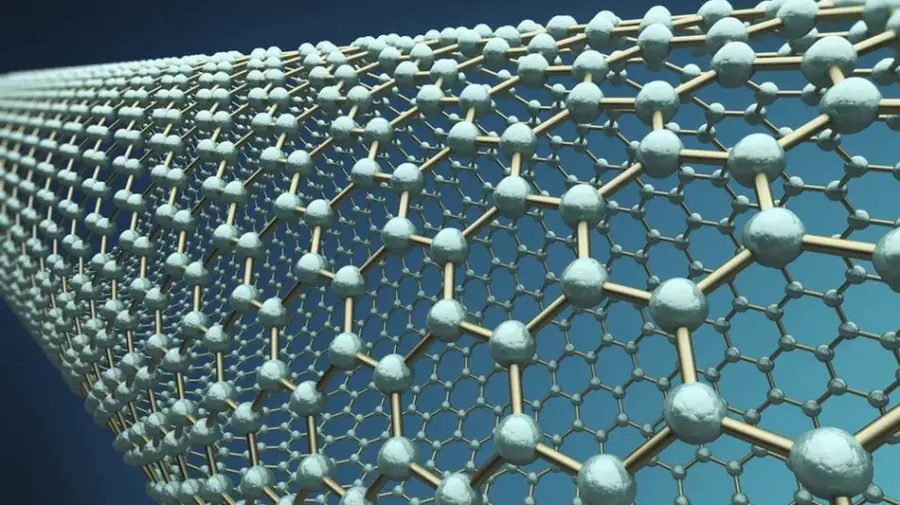
Tubular nanostructures are of particular interest from the point of view of developing new generation materials. A special role in the study of such objects is played by nonempirical methods for describing their properties and electronic structure, which are consequences of the unique topology of the atomic backbone. Within the framework of this direction, a relativistic method of symmetrized linearized coupled cylindrical waves has been developed in the laboratory. The method, implemented in the form of proprietary software, allows for systematic studies of composition-structure-property correlations for nanotubes of various natures.
Real-space methods for studying the properties of multielectronic systems
+

Real-space methods represent an alternative to the classical, orbital language of theoretical chemistry and are reduced to the analysis of various invariants of reduced density matrices. The advantage of real-space methods is the measurability of the fields studied in them, as well as the statistically intuitive nature of the conclusions based on them. Within the framework of this direction, the laboratory conducts combined experimental and theoretical studies combining the analysis of precision X-ray diffraction data and high-level quantum chemical calculations.
Publications and patents
Found
Nothing found, try to update filter.
2022
—
2023
| Дьячков Павел Николаевич
Lab address
119991, г. Москва, Ленинский просп., 31
Laboratory doesn't accept messages.
